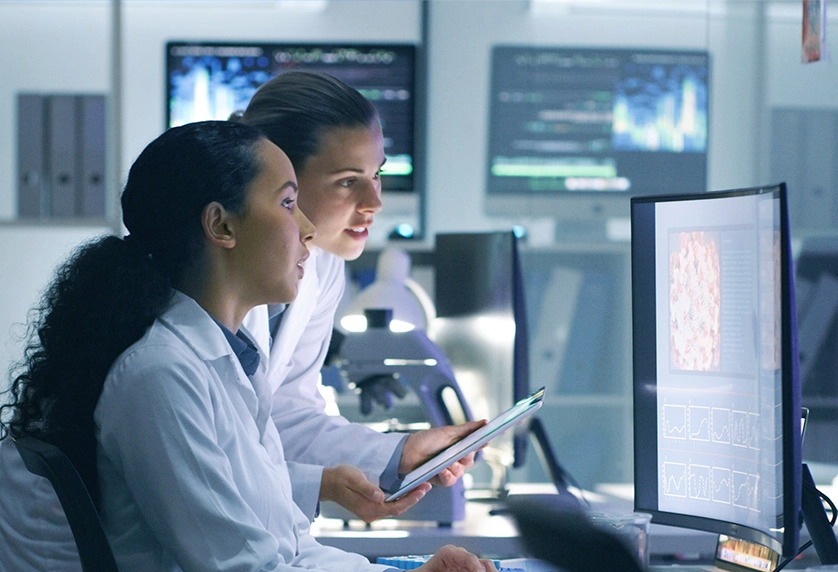
We’ll see you in Glasgow, Scotland for the European Society of Human Genetics annual conference! ESHG is the major scientific and professional event in human genetics which brings together European and international geneticists. Bionano attends as we are committed to elevating human health by advancing genomic research.
Learn
Sponsored Session
Learn
Please join us for our corporate satellite session where scientific experts will present on identification of hidden structural variants and the implementation of optical genome mapping (OGM) applications for hematological neoplasms and developmental disorders. A deep dive into Bionano’s sample to answer product workflow, along with the highly anticipated LIVE announcement of the grand prize winner of the Bionano Innovator Research Grant 2023.
Sponsored Session
Rare Diseases and Beyond: Optical Genome Mapping Applications in Cytogenomics and Gene Editing.
-
Sunday, 11 June 2023
-
08.30 – 10.00 BST
-
Dochart Room
(in-person & virtual)
Alka Chaubey, Bionano’s Chief Medical Officer, will lead the discussion on Bionano’s product workflow innovation and an exciting announcement on the grand prize recipient for the Bionano Innovator Research Grant 2023.
This session will feature four invited speakers presenting the utility of OGM in the fields of rare genetic diseases, hematological malignancies, and cell line quality control.
Alexander Hoischen, PhD | Radboud University Medical Center (Netherlands)
“Identification of hidden structural variants in rare diseases”
- Gain insights how OGM allowed the identification of structural variants in unsolved rare disease cases, including singleton cases, multiple family members and trios, and helped prioritizing possible novel candidate disease loci.
Martine Doco-Fenzy, MD, PhD | CHU de Nantes (France)
“OGM contribution to the Etiological Diagnosis of Developmental disorders, experience of CHU Nantes Genetic Department”
- Discover results obtained with OGM in cases presenting malformation syndromes with or without intellectual disability (MSID), following cytogenetic and sequencing techniques that previously failed to identify causative variants.
Katrina Rack, PhD | UZ Leuven (Belgium)
“Implementation of OGM into the diagnostic workflow for haematological neoplasms – a laboratory experience”
- Learn how OGM is applied in conjunction with karyotyping to identify pathogenic SVs in hematological malignancy disease samples, such as ALL and AML.
Rachel Steeg, PhD | European Bank for induced Pluripotent Stem Cells EBiSC (UK)
“Standardising and qualifying iPSC lines from diverse sources”
- Find out how to efficiently standardize iPSCs from different diseases, tissue types, and research groups while maximizing the quality, type and breadth of cells and data available to researchers with a new processing pipeline.
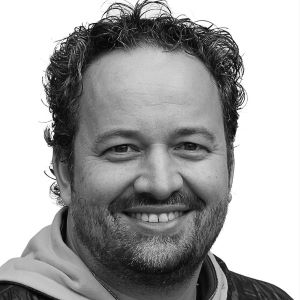
Alexander Hoischen, PhD
Associate Professor Genomic Technologies & Immuno-Genomics, Radboud University Medical Center
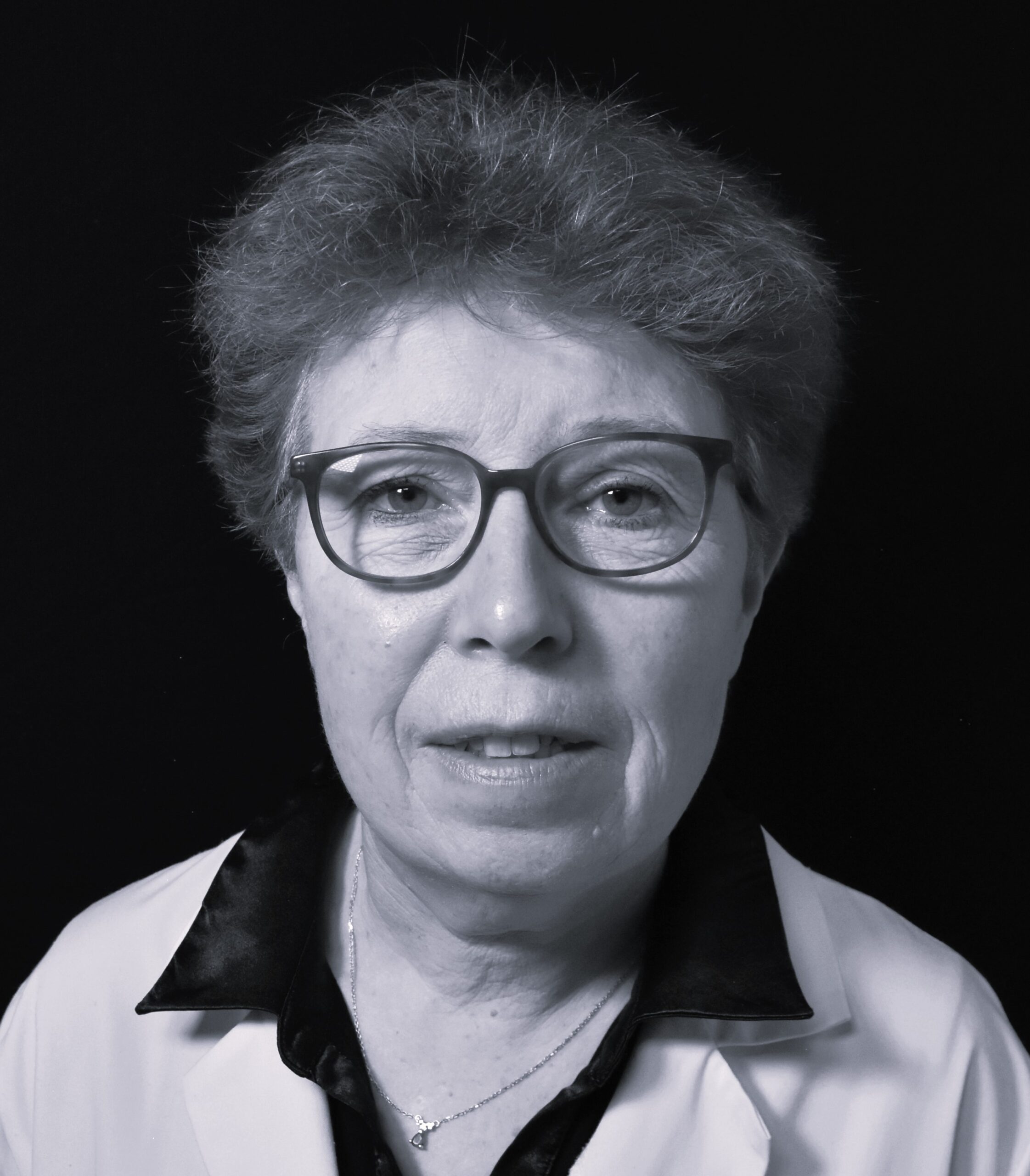
Martine Doco-Fenzy, MD, PhD
Clinician & Biologist in Cytogenetics, CHU de Nantes
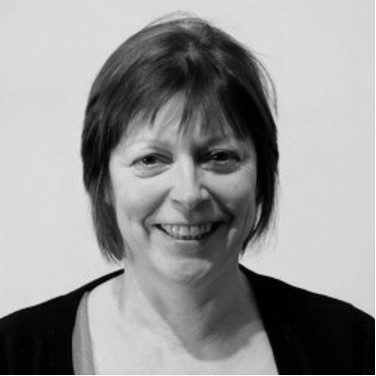
Katrina Rack, PhD
Molecular lab hemato-oncological diseases Center for human genetics (CME), UZ Leuven
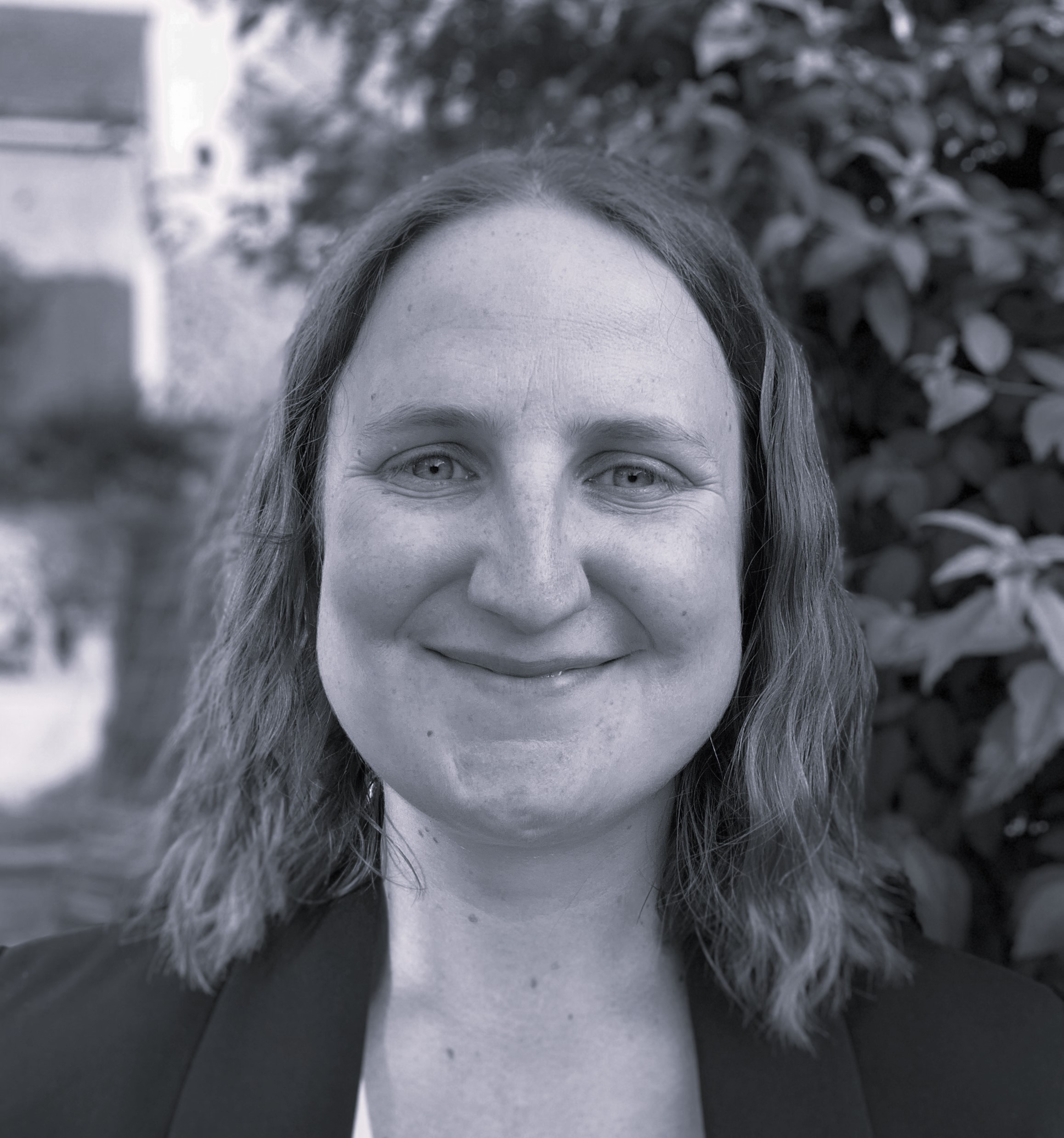
Rachel Steeg, PhD
Project Manager, EBiSC, Fraunhofer UK Research Ltd.
Don’t miss the latest research at the Poster Sessions!
Poster SessionsConnect
If you’re curious about OGM and wondering how it connects to your work, stop by and talk to one of our dedicated team members. We can’t wait to share our enthusiasm for technology that is moving clinical research forward in remarkable ways.
Booth #330
Visit the Bionano booth #330 to check out our Saphyr system and ask how our newest products in our nucleic acid purification and analysis software portfolios create a solution-based optical genome mapping (OGM) workflow. Book a personal presentation with our OGM specialists in our hospitality meeting room to ask questions about how your current workflow can be elevated with Bionano’s solutions and OGM workflow, while enjoying light snacks and drinks.
Network
If we want to change the way the world sees the genome, we must move forward together. Enjoy some time with colleagues outside the conference center, exchange resources and ideas, and have some fun!
Networking Event
-
Sunday, 11 June 2023
-
20.30-23.00 BST
-
Ubiquitous Chip
We welcome you to walk down the red carpet for our Sunday social event – BIONANO PRESENTS: A World Premiere Celebration Honoring You, the Stars of Genomics. This is a free, “first come, first serve” registration with limited seating. Register today, you won’t want to miss it! The evening’s schedule:
20.30-21.00 Welcome to the Red Carpet
21.00-22.00 Buffet Dinner
22.00-22.15 Spotlight Story Film & Grant Winner Announcement
22.15-23.00 Networking to close out the night!
Poster Sessions
See all the latest research on our solutions at the poster session. Oral presentations will be held in their designated locations. Posters sessions will be held in Poster Hall 4.
-
Oral Presentation: Saturday, 10 June | C05.3, 19:00 – 19:15 PM, Hall M1
-
Oral Presentation: Sunday, 11 June | C13.2, 10:45 – 11:00 AM, Forth room
-
Sunday, 11 June | Group A at 13:00 – 14:00 PM
-
Sunday, 11 June | Group B at 15:45 – 16:45 PM
-
Monday, 12 June | Group C at 13:00 – 14:00 PM
-
Monday, 12 June | Group D at 15:45 – 16:45 PM
-
E-Poster Session | Online
| POSTER | TITLE | LEAD AUTHOR |
|---|---|---|
| C05.3 | Re-analysis of whole-exome sequencing data and optical genome mapping in genetically undiagnosed patients with congenital anomalies of the kidney and urinary tract (CAKUT) |
Helge Martens
Hannover Medical School, Department of Human Genetics, Hannover (Germany) |
| C13.2 | Characterising clinically relevant complex structural variants in craniosynostosis using long-range technologies |
Yang Pei
The MRC Weatherall Institute of Molecular Medicine, Clinical Genetics Group, Oxford (UK) |
| P16.001.A | Clinical validation of optical genome mapping (OGM) for constitutional structural variation (SV) detection |
A. Mitrakos
National and Kapodistrian University of Athens (Greece) |
| P15.005.A | Complex rearrangement involving a three-way balanced translocation detected by optical genome mapping |
B. Burssed
Universidade Federal de São Paulo (Brazil) |
| P16.041.A | Optical Genome Mapping aids better understanding and classification of structural variants |
Ratna Tripathy
Bioscientia Institute for Medical Diagnostics GmbH (Germany) |
| P16.057.A | De novo genome assemblies from Congolese participants show placement of novel sequence and structure relative to the reference genome |
Jonathan LoTempio
University of California Irvine (USA) |
| P16.065.A | Optical genome mapping as an innovative method for detecting repeat expansions and contractions |
Karolina Rutkowska
Medical University of Warsaw (Poland) |
| P04.010.B | Genetic evaluation of five patients with ROHHAD-NET |
Nienke van Engelen
Princess Máxima Center for Pediatric Oncology (Netherlands) |
| P12.053.B | FAM118A a candidate gene for a new syndrome of mild developmental delay, distal arthrogryposis, exostoses of manubrium sterni, missing adult teeth, and amblyopia |
K. Ari Ragnarsson & H. Hauksdottir
Landspítali University Hospital (Iceland) |
| P14.022.B | Use of genome sequencing to hunt for cryptic second-hit variants: analysis of 31 cases recruited to the 100,000 Genomes Project |
Rachel Moore
Cambridge Genomics Laboratory (UK) |
| P17.046.B | The added diagnostic yield of copy number variant (CNV) analysis in gene panels from whole exome sequencing (WES) data: a two year experience. |
Marjolein Weerts
Erasmus MC (Netherlands) |
| P16.051.C | Identification of variants underlying biparietal perisylvian polymicrogyria in Finnish families |
Irma Järvelä
Helsinki university (Finland) |
| P15.008.D | Long-read genome sequencing required to resolve complex chromosomal rearrangements involving both the short and the long arm of chromosome 21 |
Jakob Schuy
Karolinska Institute (Sweden) |
| P16.052.D | Optical Genome Mapping finds its place in a paediatric hospital: results of a validation |
Barbara Fernández Garoz
Hospital Infantil Universitario Niño Jesús (Spain) |
| E-P16.003 | Long-read sequencing and optical genome mapping enable full characterization of previously unresolved structural variation |
Griet De Clercq
Ghent University (Belgium) |
| E-P16.006 | Optical Genome Mapping for the Molecular Diagnosis of Facioscapulohumeral Muscular Dystrophy: advancement and challenges |
Stephanie Efthymiou
UCL Insitute of Neurology (UK) |
| E-P16.015 | Investigation of Optical Genome Mapping Diagnostic Capabilities as a Potential Routine Clinical Test |
Doris Eisenreich
MGZ Munich (Germany) |
| E-P16.022 | Characterization of a translocation that disrupts the COL4A5 gene in a girl with Alport syndrome by optical genome mapping |
Carmen Orellana
Hospital Universitario y Politecnico La fe (Spain) |
| E-P16.012 | Optical genome mapping in genetic cold cases with a neurodevelopmental disorder |
Isabelle Schrauwen
Columbia University (USA) |
| E-P15.008 | Optical Genome Mapping. Contribution to the Etiological Diagnosis of Developmental disorders : experience of the Nantes Genetic Department on over 60 individuals |
Martine Doco-Fenzy
CHU Nantes (France) |
| E-P06.039 | Copy number variants in familial hypercholesterolemia genes using targeted NGS, validated through optical genome mapping |
Anna Green
Örebro University Hospital (Sweden) |
| E-P16.008 | OGM reveals the complexity of two constitutional structural chromosomal events |
Lina Quteineh
University Hospitals of Geneva (Switzerland) |
| E-P16.011 | Ring chromosome detected using T2T reference in Optical Genome Mapping. One technique to rule them all |
María José González Gómez
Hospital Infantil Universitario Niño Jesús (Spain) |
| E-P15.010 | A complex 9p24 cryptic rearrangement segregating with heart defect in five generations unraveled using a combined genomics approach of chromosomal microarray, FISH, whole-genome sequencing and optical genome mapping |
Ana Krepischi
Human Genome and Stem-Cell Research Center, University of São Paulo (Brazil) |
